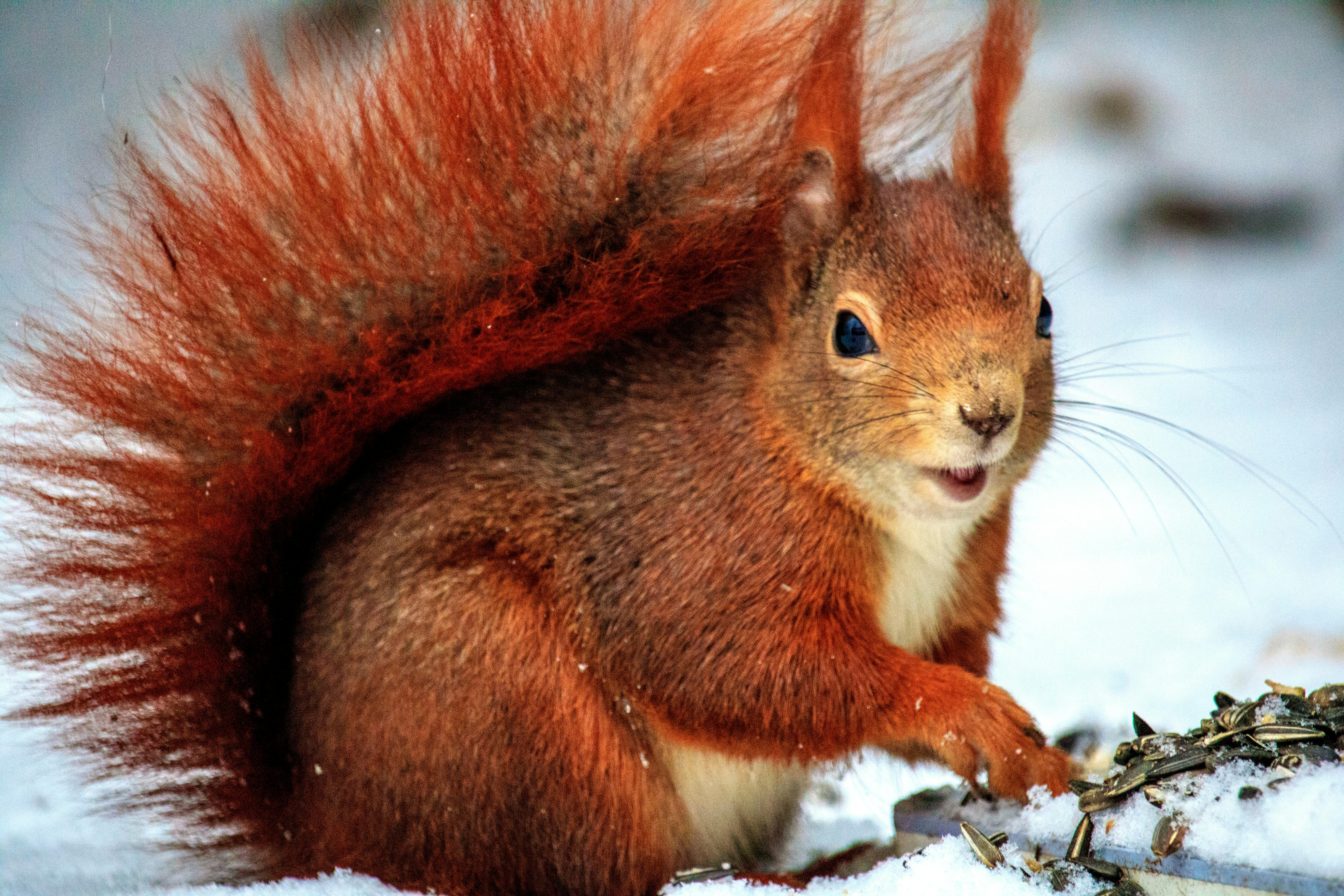Contents
Distribution and Habitat of the Pheasant-tailed Jacana
The Pheasant-tailed Jacana (Hydrophasianus chirurgus) is a species of wading bird, native to parts of India, Southeast Asia, and Indonesia. It is a migratory species, which can often be seen in large flocks during the winter months. The Pheasant-tailed Jacana prefers wetlands with shallow ponds and marshes, as well as areas near streams and rivers. They are most commonly found in lowland areas, but can also be found at higher altitudes. During the dry season, they will move to wetlands with more water than during the wet season. The Pheasant-tailed Jacana is also known to inhabit cultivated fields near wetlands. They have been observed foraging for food at these locations as well. This species is relatively common throughout its range, but its population size is still declining due to habitat loss and degradation.
The Pheasant-tailed Jacana prefers shallow water habitats with plenty of vegetation for cover. They are often found in wetlands that contain a mix of open water and vegetation patches such as reedbeds or floating mats of vegetation. These habitats offer plenty of food sources such as small crustaceans, aquatic insects, and frogs for them to feed on. During the breeding season, they prefer more densely vegetated areas such as marshes or ponds with more dense vegetation patches where they can nest safely and raise their young without disturbance from predators.
Diet of the Pheasant-tailed Jacana
The Pheasant-tailed Jacana is an omnivore, meaning it eats both plants and animals. It is primarily a scavenger, feeding on insects, snails, small fish, amphibians, and other aquatic invertebrates. It also eats crustaceans, mollusks, frogs, lizards, snakes, small mammals and eggs of other birds. It will also feed on fallen fruit from trees or shrubs near water sources. In addition to its scavenging habits, the Pheasant-tailed Jacana also forages in shallow water for food items such as aquatic plants and seeds. When foraging for food items in shallow water it uses its long toes to walk on the surface of the water. It may also feed on floating vegetation by plucking them from the surface with its bill.
The diet of the Pheasant-tailed Jacana changes seasonally depending upon what food is available. During the wet season they are more likely to consume insects while during the dry season they are more likely to consume fruits and berries. They may also consume grains such as wild rice that is found in wetlands during this time as well. They will also take advantage of any human food sources available near their habitat such as discarded bread or grain that humans may have left behind near water sources.
In summary, the diet of the Pheasant-tailed Jacana consists of both plant and animal matter which they obtain through scavenging and foraging in shallow waters. Their diet changes seasonally depending upon what food sources are available at any given time.
Reproduction of the Pheasant-tailed Jacana
The Pheasant-tailed Jacana (Hydrophasianus chirurgus) is a species of wading bird that is found in south and southeast Asia. The species typically breeds during the wet season, from April to October. Courtship involves a very elaborate display that includes preening, posturing, dancing and singing by both males and females. Nesting usually occurs in shallow water or marshy areas, where the female will lay up to four eggs at a time. The eggs are incubated for around 21 days before hatching. The male will help protect the eggs and young chicks until they are able to fly.
Lifespan of the Pheasant-tailed Jacana
The average lifespan of a Pheasant-tailed Jacana is around 10 years in captivity, although their lifespan can be longer or shorter depending on their diet and habitat conditions. In the wild, their typical lifespan is much shorter due to predation from other animals or disease. However, some individuals are known to have lived up to 15 years in the wild.
Overall, with proper care and diet, these birds can live for many years in captivity if given the right environment and diet.

Behavior of the Pheasant-tailed Jacana
The pheasant-tailed jacana is an aquatic bird species native to South and Southeast Asia. It is known for its unique behavior, which includes walking on lily pads and floating vegetation. It has a long neck and legs which allow it to move easily across the water. The pheasant-tailed jacana is a social bird and can often be seen in groups, though they may also be found alone or in pairs. They are omnivorous, feeding on insects, crustaceans, mollusks, worms, and occasionally small fish. They also eat seeds, fruits, and leaves from aquatic plants.
In addition to foraging for food, the pheasant-tailed jacana engages in various forms of play. This includes chasing each other around in circles or chasing after objects such as sticks or stones thrown into the water by humans. They have even been known to engage in courtship behavior with other jacanas of the same species.
The pheasant-tailed jacana has an aggressive defensive attitude towards predators such as birds of prey and snakes. When threatened by a predator, it will raise its wings above its head as a warning sign before attacking with its sharp claws and beak. If unsuccessful in driving away the predator it will flee to another area of the water body or take flight if necessary.
When not engaged in aggressive behavior with predators or playing with each other, these birds can often be seen sunbathing on lily pads or floating vegetation. This is likely done to regulate their body temperature as well as dry off their feathers after swimming or foraging for food underwater.
Conservation Status of the Pheasant-tailed Jacana
The pheasant-tailed jacana is a tropical wading bird found in wetlands and shallow water bodies throughout the Indian subcontinent. It is listed as Least Concern on the IUCN Red List, however its population is declining due to habitat loss, pollution, and other human activities. The species is also vulnerable to over-harvesting of its eggs and chicks by local people.
The pheasant-tailed jacana faces threats from wetland destruction, especially in areas where it is hunted for food or sport. Pollution of rivers, lakes, and wetlands also affects this species, with pesticides and other pollutants entering water bodies through runoff or direct application. In addition, over-fishing can reduce the availability of food for this species.
In order to protect the pheasant-tailed jacana from further population decline, conservation measures must be taken. These include protecting wetland habitats from destruction or pollution, as well as implementing regulations that limit hunting and egg harvesting by local people. Furthermore, education programs should be implemented in order to raise awareness about the importance of conserving this species and its habitat.
Predators of the Pheasant-tailed Jacana
The Pheasant-tailed Jacana is a wading bird species that is found in the wetlands of India, Pakistan, and Southeast Asia. Predation is a major cause of mortality for this species, and several predators have been identified as threats to the survival of the Pheasant-tailed Jacana. These predators include cats, dogs, snakes, crows, hawks, and owls. Additionally, some species of fish and insects may also prey on the eggs or young of this species.
To protect themselves from predation, Pheasant-tailed Jacanas use their long toes to walk on floating vegetation in order to avoid detection by their predators. They also rely on their camouflaged plumage and their ability to fly quickly away from danger as defense mechanisms. Additionally, they are known to be very vocal when disturbed by predators and will often call out in alarm when threatened.
The presence of humans can increase predation pressure on the Pheasant-tailed Jacana by introducing domestic cats and dogs into their habitat. Additionally, agricultural activities may reduce the amount of suitable wetland habitat available for the birds to inhabit, thus making them more vulnerable to predation.
In order to reduce predation pressure on this species, it is important for humans to take steps such as reducing pet populations in areas where these birds are found and protecting wetland habitats from destruction or degradation due to agricultural activities. Additionally, educating people about how they can help protect this species can also go a long way towards ensuring its future survival.

Conclusion
The pheasant-tailed jacana is a rather unique bird that has adapted itself to life around wetland areas. It has a wide range of habitats, from wetlands to rice paddies and even shallow pools in urban areas. Its diet consists mostly of insects and other invertebrates, as well as some plant material. The pheasant-tailed jacana breeds in the spring and summer months, laying its eggs in nests made of floating vegetation. Its population is considered stable, but it is still vulnerable to habitat destruction and disturbance from human activities. The pheasant-tailed jacana is an important indicator species for wetland health, and its conservation should be taken seriously to protect these valuable ecosystems.
In conclusion, the pheasant-tailed jacana is an ecologically important species that can be found in many different parts of the world. It has adapted itself to living around wetlands and can be found in many different habitats. Its diet consists mostly of insects and other invertebrates, as well as some plant material. The pheasant-tailed jacana is an important species that needs to be protected in order to ensure the health of our wetlands and other aquatic ecosystems.

0 Comments